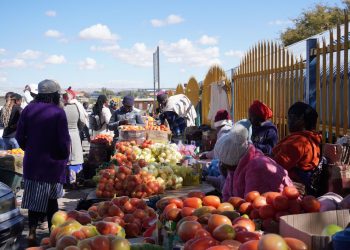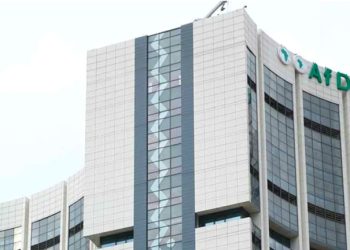
Namibia’s manufacturing sector is grappling with stagnation due to the absence of adequate incentives to lure potential investors, a think tank has said.
The Institute for Public Policy Research (IPPR) Researcher, Robin Sherbourne, said the lack of comprehensive policies to stimulate investment is hindering the manufacturing sector’s growth and consequently, impeding overall economic progress.Â
While there have been some positive strides towards creating a conducive environment for investors, Sherbourne pointed out that uncertainties surround the establishment of special economic zones.Â
These zones, hailed as potential catalysts for economic growth, are currently enshrouded in ambiguity, leaving potential investors sceptical about the sector’s future trajectory.Â
“One of the critical missteps in recent years was the removal of manufacturing incentives and export incentives without a simultaneous introduction of viable alternatives,” he said.Â
Sherbourne underscored the need for foresight in policy-making, adding that “you don’t get rid of something without putting something in its place. That’s obvious to me. This lack of foresight has left a void in the manufacturing sector, deterring potential investors who seek attractive incentives to mitigate risks.”
Sherbourne addressed the persistent lack of economic structural change, asserting that the sector currently lacks essential resources to offer investors.
“At the moment we’ve got nothing to offer manufacturing investors. We haven’t got tax incentives. We have hardly got land. We haven’t got power, we haven’t got much water,” he stated.
This comes as these vital resources are prerequisites for a thriving manufacturing industry, and their absence hampers the sector’s growth potential.
The repercussions of the manufacturing sector’s struggles extend beyond its immediate boundaries. As Sherbourne highlights, the stagnant growth of manufacturing is not surprising given the absence of suitable incentives.
The sector, known for its potential to drive job creation and innovation, remains hampered by inadequate support.
According to latest data, Namibia’s economy recorded a 5% growth rate during the first quarter of 2023, lower than the 7.3% recorded in the comparable period of 2022.
According to the Namibia Statistics Agency’s (NSA) latest data on Gross Domestic Product (GDP), several sectors contributed to the sluggish performance in the first quarter of 2023.Â
“The financial services sector, manufacturing sector, and public administration and defence sector experienced declines in real value added of 4.9%, 2.7%, and 1.5%, respectively,” Alex Shimuafeni, Statistician-General and CEO of the NSA said.Â
Meanwhile, in May, the manufacturing and mining sector enhanced the country’s trade deficit, accounting for 47.4% of total exports valued at N$4.4 billion, according to official data.Â
The manufacturing industry however recorded a decrease of N$473 million compared to April 2023 while the mining sector recorded an increase of N$2.1 billion from the previous month.Â
According to the NSA, the manufacturing and mining sectors then absorbed 47.0% of the export bill in May.
NSA said in terms of imports, the demand side was primarily driven by the manufacturing industry, with goods valued at N$6.9 billion during the month.
Â
Â
Â











